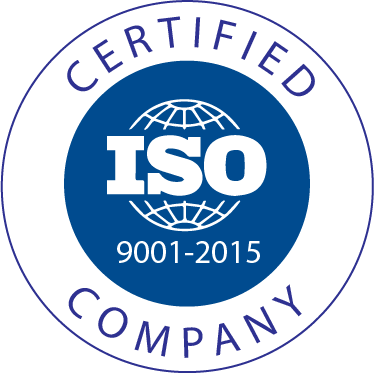Carpal tunnel surgery is a simple outpatient procedure. You can go to the hospital, get the surgery done, and walk back to home on the same day.
On the day of the surgery, the area to be operated is cleaned with an antiseptic solution to avoid the chances of contracting an infection. The anesthetist administers a local anesthetic injection to numb the wrist area. This is done so that you do not experience any pain during the procedure.
A small cut is made in the palm near to the wrist area. Once the transverse carpal ligament is visible, a small cut is made in the ligament. This relieves the pressure on the nerve. The skin is put back and stitched together in its original position. A bandage is placed on the palm.
Are there any other techniques?
The following are the two alternatives to the open carpal tunnel surgery:
Endoscopic carpal tunnel surgery: The surgical procedure is similar to that of open surgery but the entire surgery is performed by looking at the camera. A small incision is made and small instruments with a camera attached to them are placed inside. The incision is small and damage is minimal. It gives you a chance to recover faster than the open technique. The healing is better and minimal pain is felt.
Key hole surgery: In this procedure, a smaller incision than normal is made on the palm. A special instrument with a light at one end and microscope at the other end is placed. This gives the doctor a chance to see the carpal ligament and carefully guide the tools to cut the targeted area.






